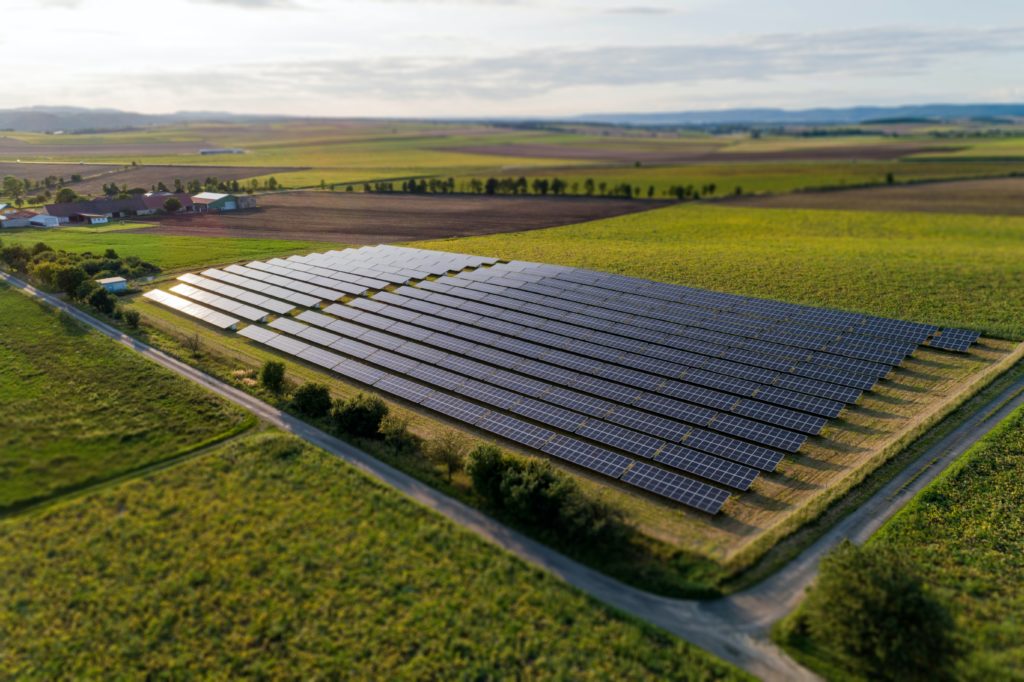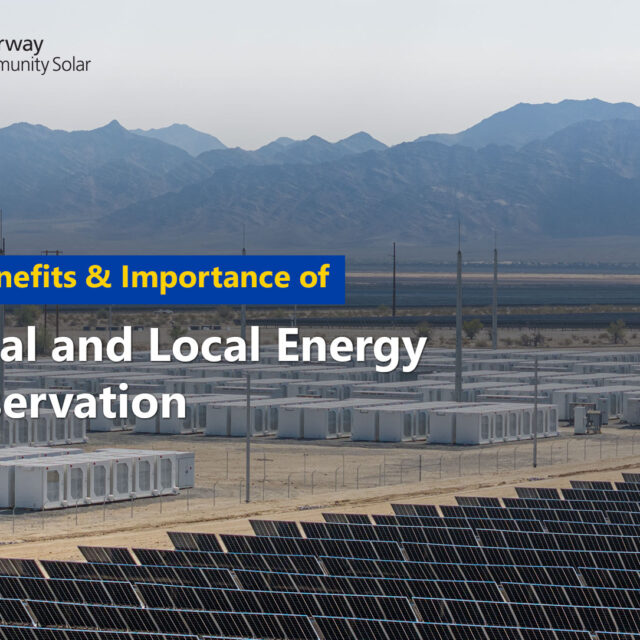
Photovoltaic Energy: What It Is & What It’s Used For
Photovoltaic energy is a form of energy that comes from the sun and can be converted into electricity for use in homes, businesses, schools, etc. It is a renewable energy source, meaning it will never run out as long as the sun keeps shining.
Key Components of Photovoltaic Systems
One of the key components of a photovoltaic system is the solar panel, which is made up of several layers that work together to convert the sun’s energy into electricity. These layers include a layer of silicon wafers, an anti-reflective coating, and protective glass.
Other components include the inverter, which converts the direct current (DC) electricity produced by the solar panel into alternating current (AC) electricity that can be used by appliances and lights, and the mounting system, which helps to keep the solar panel in place.
Advantages of Photovoltaic Energy
Photovoltaic energy has a number of advantages over other forms of energy. It is clean and renewable, meaning it does not produce harmful emissions or pollute the environment. It is also very efficient, converting more than 20% of the sun’s energy into electricity.
Solar Photovoltaic
Solar panels can be used to power a variety of different things, including homes, businesses, schools, and even satellites. They are becoming increasingly popular as people look for ways to reduce their reliance on fossil fuels and reduce their carbon footprint. Other potential applications include using solar panels to power traffic lights and street lamps, or using them as a source of backup power in case of an emergency.
Photovoltaic Technology
Photovoltaic energy, also known as solar PV, is a type of renewable energy that converts sunlight into electricity. Solar PV panels are made up of many small solar cells that contain semiconductor materials like silicon. When sunlight hits the solar cells, it causes an electrical current to flow between the two layers of silicon, producing electricity. This energy can then be used to power homes, businesses, schools, and many other types of devices and applications.
The photovoltaic effect was first discovered in 1839 by French physicist Alexandre Edmond Becquerel, but it wasn’t until the 1950s that solar PV cells were developed and used to power devices like calculators and satellites. In the years since, solar PV technology has advanced significantly, making it more efficient and affordable for use in a variety of applications.
Photovoltaic Panel
Photovoltaic energy is a renewable, clean, and efficient source of energy that has a wide range of potential applications. Solar PV panels are made up of many small solar cells that convert sunlight into electricity, making it a viable option for powering homes, businesses, schools, and many other types of devices and applications.
Photovoltaic cells are made of silicon, which is a semiconductor material. When sunlight hits the solar cells, it causes an electrical current to flow between the two layers of silicon and produces electricity. This allows us to use photovoltaic energy to power homes, businesses, and many other types of devices and applications.
Photovoltaic module: A photovoltaic (PV) module is one of the main components of a solar PV system. It is made up of several individual PV cells that are connected together and encapsulated in protective glass to form a panel.
National Renewable Energy Laboratory
The National Renewable Energy Laboratory (NREL) is the United States’ primary laboratory for renewable energy and energy efficiency research and development. NREL is a national laboratory of the U.S. Department of Energy (DOE) and is operated by the Alliance for Sustainable Energy, LLC.
NREL’s mission is to develop renewable energy and energy efficiency technologies and practices that strengthen the nation’s energy security, environmental quality, and economic vitality. This includes researching and developing new PV technologies, conducting testing and analysis of PV systems, and providing technical support for the deployment of PV systems across a variety of applications.
Photovoltaic and Solar Energy
Photovoltaic (PV) energy is a type of clean, renewable, and efficient source of energy that can be used to power homes, businesses, schools, and many other types of devices and applications. It is produced using solar panels that are made up of many individual solar cells connected together to form a panel.
Solar energy is a type of renewable energy that is produced by the sun. Solar PV panels convert sunlight into electricity, making it a viable option for powering homes, businesses, schools, and many other types of devices and applications.
Solar power is the conversion of sunlight into electricity, either directly using photovoltaics (PV), or indirectly using concentrated solar power (CSP). Concentrated solar power systems use lenses or mirrors and tracking systems to focus a large area of sunlight into a small beam. PV converts light into electric current using the photovoltaic effect.
Applications for PV Energy
There are many potential applications for photovoltaic energy, including powering homes and businesses, charging electric vehicles, and powering satellites in space. Other potential applications include lighting roadside signs, providing electricity for telecommunications equipment, powering small devices like calculators and wristwatches, and serving as emergency backup power for hospitals or data centers. The impact of PV energy on society and the environment is also important to consider, as it has the potential to reduce our dependence on fossil fuels and minimize negative impacts on the environment.









